Text
Photo Of The Day
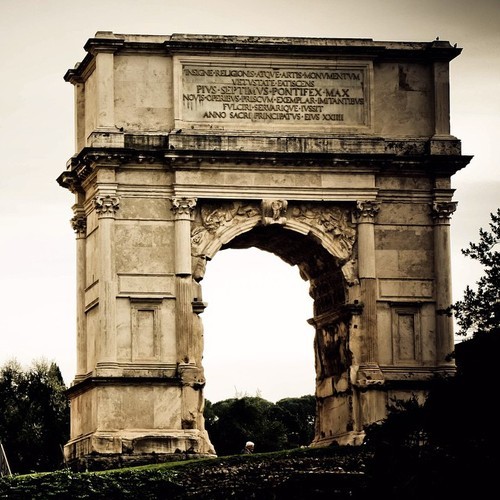
Alfred Lam Photography.
0 notes
Photo

Artists Sketch of Ramesses IV
20th Dynasty
New Kingdom, Ramesside Period
This small artist’s sketch shows a king, probably Ramesses IV, in the conventional style of the late New Kingdom wearing the blue crown. A student scribe has made a less than successful attempt to copy the profile on the same limestone flake. The sketch was found in front of the tomb of Ramesses IV in the Valley of the Kings.
(Source: The Met Museum)
609 notes
·
View notes
Link

Turkey on Dec. 6 announced its support for Greece’s fight to get back from Britain the famous Elgin Marbles - ancient Greek sculptures also known as the Parthenon Marbles which were taken from Athens in the 19th century.
The dispute over the British Museum’s possession of the sculptures,...
314 notes
·
View notes
Text

Marble relief fragment with scenes from the Trojan War. Early Imperial, Julio-Claudian,1st half of 1st century AD, Roman, Marble, Stone Sculpture, The Metropolitan Museum of Art
#marble relief fragment#Trojan War#Early Imperial#ancient history#roman#stone sculpture#the metropolitan museum of art
0 notes
Photo
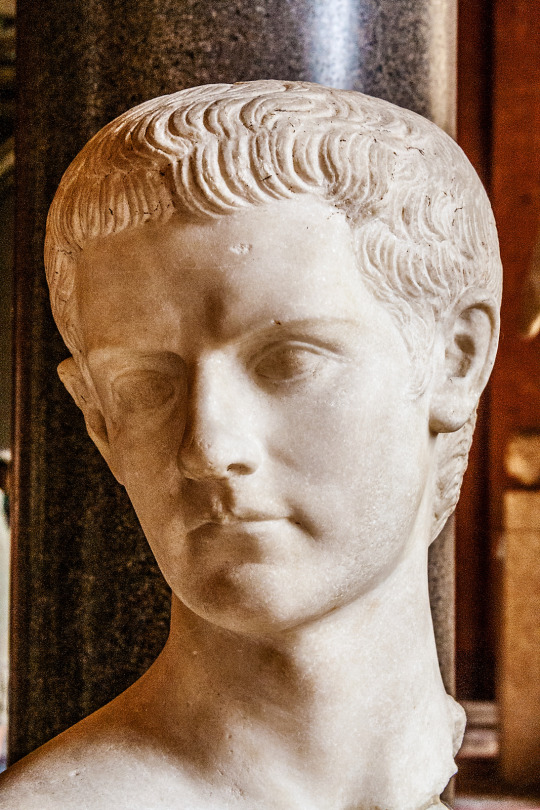
“The following are special instances of his innate brutality… Many men of honourable rank were first disfigured with the marks of branding-irons and then condemned to the mines, to work at building roads, or to be thrown to the wild beasts; or else he shut them up in cages on all fours, like animals, or had them sawn apart.
Not all these punishments were for serious offenses, but merely for criticising one of his shows, or for never having sworn by his Genius. He forced parents to attend the executions of their sons… He had the manager of his gladiatorial shows and beast-baitings beaten with chains in his presence for several successive days, and would not kill him until he was disgusted at the stench of his putrefied brain… When a Roman knight on being thrown to the wild beasts loudly protested his innocence, he took him out, cut off his tongue, and put him back again.”
-Suetonius on emperor Gaius (Caligula) in ‘The Lives of the Twelve Caesars’ (via uchicago).
While we must always take everything our Roman historians say with a pinch of salt (or more often a handful when it comes to Suetonius), Caligula does seem to have been a particularly brutal, erratic emperor. By AD 38 he had executed Praetorian Prefect Macros, and Tiberius Gemellus. He had a huge golden statue made of himself, and appeared in public in the dress of several gods. Apparently, he planned a consulship for Incitatus (his favourite racehorse), and ”lived in habitual incest with all his sisters.” He also bears an uncanny resemblance to Joffrey from The Game of Thrones.
Shown is a marble bust of Caligula, ca. 39-40 AD, found in Thrace. Courtesy of & currently located at the Louvre, France (Ma 1234). Photo taken by Mathew Winchester.
326 notes
·
View notes
Text
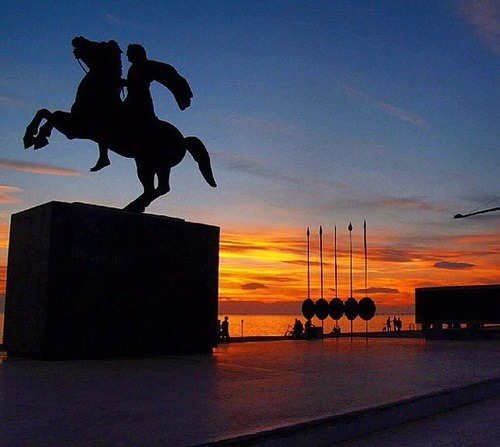
Alexander The Great, Thessaloniki. Photo by Bantonis.
0 notes
Text
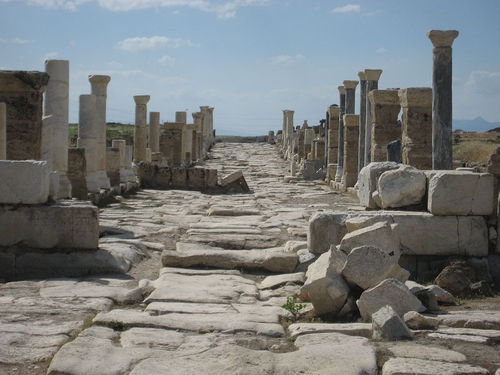
Laodicea on the Lycus - Colonnaded street in Laodicea
0 notes
Text
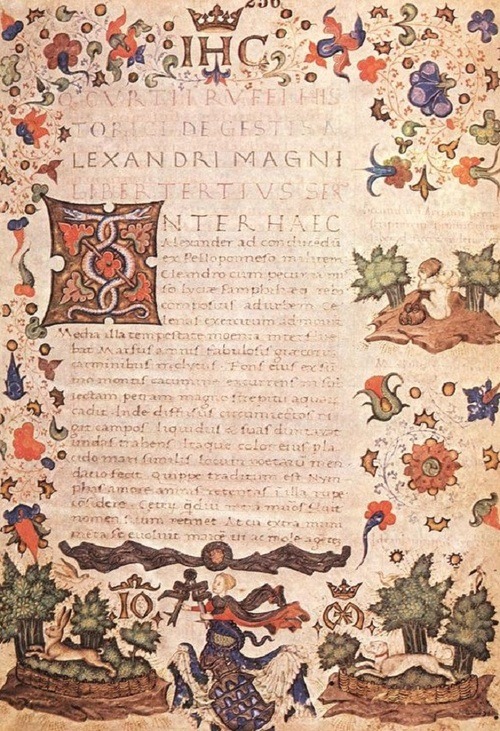
Deeds of Alexander The Great,Italian miniaturist1400-50,Illumination on parchment,National Széchényi Library,Budabest.
0 notes